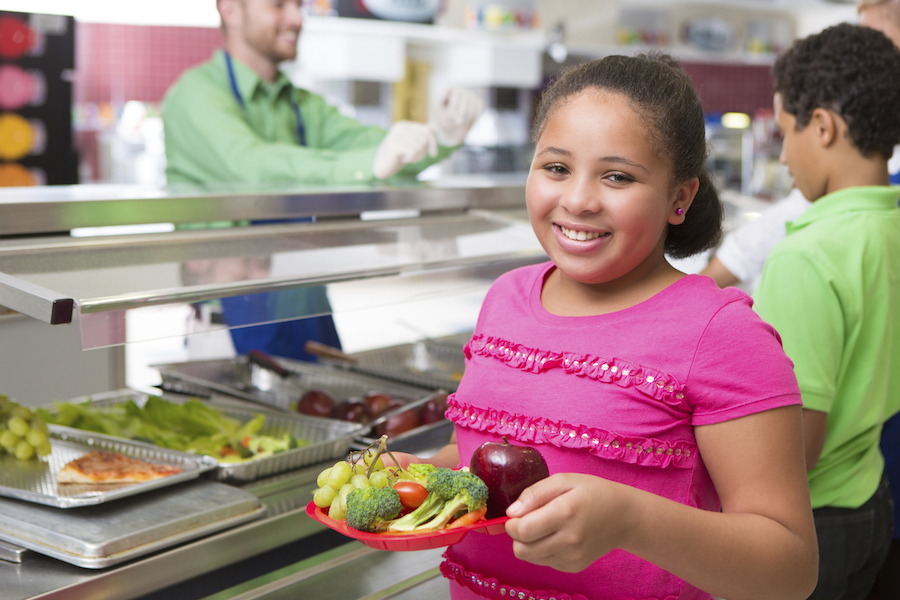
Are School Lunches Healthy?
 By Serena Bennett
By Serena Bennett
School lunch distribution is managed by the U.S. Department of Agriculture (USDA), which is in charge of supporting nutritional programs for over 94,000 schools nationwide. Michele Schappell, Cafeteria Director at Mahanoy Area School District, confirms that she is required to follow nutrition standards set forth by the Healthy Hunger-Free Kids Act of 2010 directed by the USDA for the National School Lunch Program (NSLP). “The meal patterns are based on age-appropriate nutrition and physical activity habits of the average student,” she says.
District Business Administrator Jack Hurst says the school lunch program accounts for $892,793 of Mahanoy Area’s annual budget of $17,867,757. In comparison, the district spends $376,997 annually on sports programs and $31,945 on music programs.
Meeting the Standards
According to the USDA, a school lunch must meet one-third to one-half of the minimum daily nutritional requirements of a child 10 to 12 years of age. The regulations on preparing the food, however, are open to interpretation, according to a NewKidsCenter.com article titled, “Unhealthy School Lunches.” The article reports that, “There are minimum requirements for the amount of calories or nutrients that a food product for a school may contain, but there are no maximums for these items. There are also no limits or regulations on how foods are prepared, meaning fried foods like French fries are considered acceptable according to the health standards for children.”
This means that as long as the food has the bare minimum requirements, it can be deep fried or drenched in high calorie condiments. Schappell says Mahanoy Area “typically meets the standards, and certain weeks in the menu cycle we may exceed the standards.”
Additionally, the USDA’s Child Nutrition Commodity Program offers agricultural companies cash reimbursements to supply schools with food. That doesn’t sound bad, but NewKidsCenter.com reports “most of the foods these companies purchase for schools, however, are animal products such as meats and cheeses. Over 50% of all of the foods for schools nationwide are animal-based and need to be processed before they are sent to the schools. The process of preparing these foods adds a great deal of sodium, sugar and fat. All of these additions are unregulated.”
What do Students Want?
Designating a food item as “healthy” by USDA standards doesn’t mean that students will eat it. It is this reporter’s experience as a current Mahanoy Area high school student, that the most popular “vegetable” eaten in the cafeteria is mashed potatoes. Some students will even opt out of the main course of lunch and buy extra chips — sometimes three or four bags — or other unhealthy food choices.
Schappell says the Mahanoy Area School District offers healthier menu options like fresh fruits and vegetables in place of canned. “The fruits and vegetables are being consumed, students seem to like the many different options.”
As well, “the beverages have less sugar; no soda is served. And, we offer plain or flavored water, low fat milk products, yogurts, and whole or wheat bread and rolls instead of white bread,” says Schappell. There are also healthier snack choices available for purchase that offer less sodium content and controlled portion sizes.
“Students actually accepted the changes very well,” says Schappell. “We started a bit earlier than required to try to get students used to the changes. The biggest complaint is the whole-wheat bun or bread. Students still prefer white.”
Although there may be room for improvement of school lunches on a national scale, local school districts deserve credit for meeting and at times exceeding USDA standards.
I’m sure it would be much easier to hand us some Twinkies and soda.

